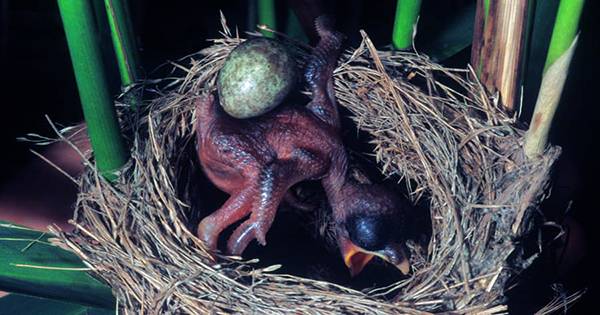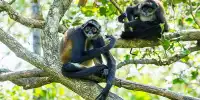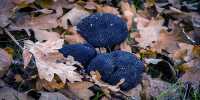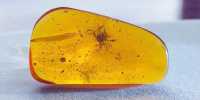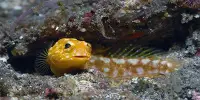The early bird gets the worm, and a new study shows that chicks that get their repetitions in before they hatch gain an advantage as well. The assertion is particular to brood parasite chicks that were inadvertently placed in other birds’ nests. When the chick hatches, it will be cared for by a parent bird who is unaware that the chick is not their own. These intruders may sometimes even lift the other eggs out of the nest so that they can reap all of the benefits on their own.
Recent research published in the journal Proceedings of the Royal Society B has discovered that parasitic chicks have more embryonic activity than those who “belong” in the nest. The ostensibly early activity likely benefits the birds by strengthening their musculoskeletal system, preparing them to kick ass and take names in the form of squishing and evicting their nestmates by the time they break out of the shell.
The researchers suggested that embryonic activity might be how these birds arrive in the world so buff, based on their outstanding physical capabilities in early life. To discover out, they tracked embryo migration in a variety of parasitic and non-parasitic birds. They discovered that brood parasite birds were receiving a lot more activity while still in the egg, moving significantly more than non-parasitic birds, using a portable digital egg monitor called Egg Buddy.
“We discovered that brood parasites displayed considerably higher muscle activity during incubation compared to non-parasites using a phylogenetically controlled methodology,” the study authors said. “This shows that enhanced embryo mobility may aid in the development of the stronger musculoskeletal system needed for juvenile brood parasites’ demanding tasks.”
Brood parasite eggshells also known to be thicker than non-parasitic bird eggshells, implying that these babies must be tough to break out of the egg at all. However, once out, brood parasite chicks may murder and evict their hesitant “siblings,” with some birds even hatching with curled backs, ideal for scooping eggs out of the nest (see photo below).
The parasitic chicks’ tactics are also linked to various degrees of embryonic movement, according to the researchers. Greater honeyguides prey on the eggs of birds whose babies are smaller than their own, and the parasitic chicks murder their nestmates by pulverizing the eggs before they hatch. Lesser honeyguides, on the other hand, parasitize nests with larger chicks than their own, consuming hatchlings rather than eggs.
This might explain why smaller honeyguides spend so much time in the egg exercising. Once they are out in the world, they will have a difficult mission ahead of them: taking down an entire brood of chicks their size or larger. Greater honeyguides, on the other hand, were found to move less than their host chick, which makes logical given that all they have to do after they’re out of the egg is whip up a vulnerable omelet.
While the researchers state that further study is needed to discover which exact features of a parasitic chick’s lifestyle impact its embryonic migration, the findings demonstrate that the politics of nesting birds are as fraught with amazing adaptations as they are with controversy. “We have demonstrated here that the embryo’s behavior during development may alter the physiology of brood parasites, and hence may be a major aspect in the parasites’ effective exploitation of their hosts,” the researchers stated. “Brood-parasitic hatchlings’ behavior is amazing, demonstrating their tremendous physical ability.”
